Veracruz de Zapotal, Nicaragua
By Geoffrey McCafferty (2009)
While awaiting our excavation permit in 2003, the University of Calgary archaeology team was invited to assist the National Museum in the excavation of prehistoric 'mammoth' bones in the region of Veracruz de Zapotal, in the Department of Rivas. Farmers excavating a deep well for their banana fields had encountered fossil bones of a large mammal, and reported them to museum officials. Thus began an unlikely adventure.
The site was remote, and had to be accessed via slippery farm paths. The well was about 3 m deep, and an area of roughly 3 m x 4 m in area (Fig. 1). Since we were working in the rainy season the water table was quite high, and in order to work on the exposed bones it was necessary to run a pump full time (Fig. 2), or else the pit would fill with water within about half an hour.
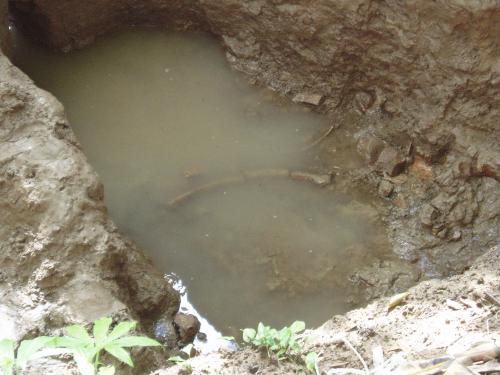
Figure 1: Excavation unit filling with water, note rib just below surface
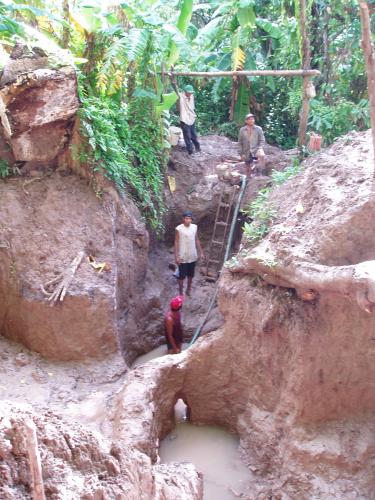
Figure 2: Pump crew draining pit
Because of the short amount of time allocated to this project the goal was to remove the exposed bones without additional excavation. This was precarious due to the wet conditions, though fortunately the walls of the pit were quite solid so there was no danger of collapse. Over the course of several days the bones were exposed and carefully removed (Figs. 3-5).

Figure 3: Angelica Lopez Forment preparing to remove rib
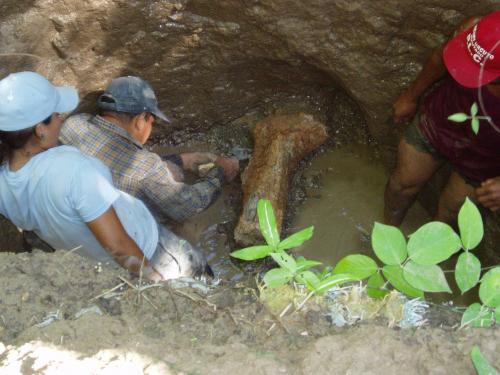
Figure 4: Clearing the scapula
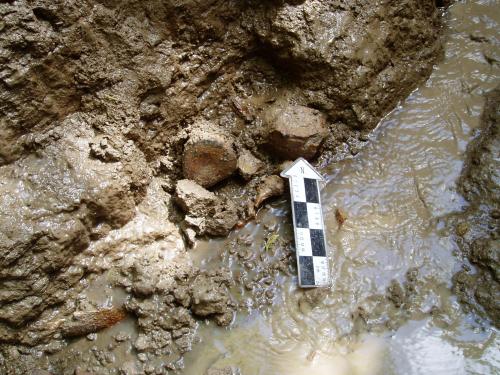
Figure 5: Vertebrae in site wall
The in situ deposits indicated the skeleton was at least partially articulated, as segments of the vertebral column was aligned, and in correct anatomical position relative to the pelvis, scapula, long bones, and ribs. No evidence of the cranium was found, unfortunately, and if it too was articulated it may still be buried adjacent to the pit.
The skeletal remains were removed to Rivas, where they were cleaned and conserved (Figs. 6-10).
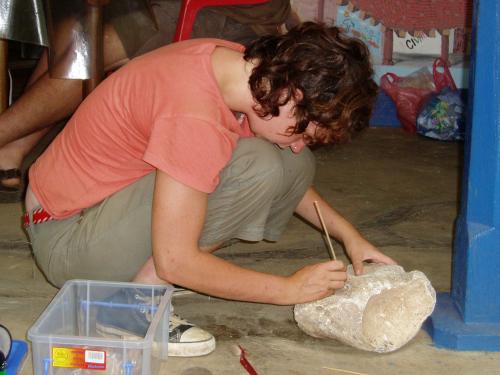
Figure 6: Tracy Hydemand cleaning section of pelvis
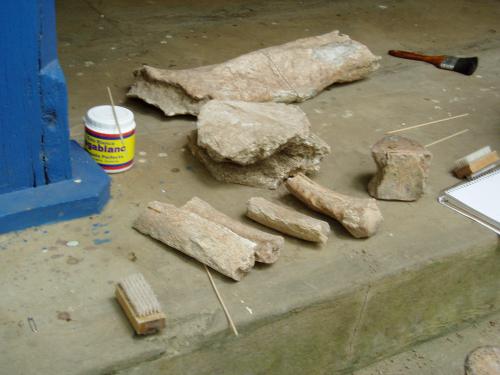
Figure 7: Bone fragments during conservation


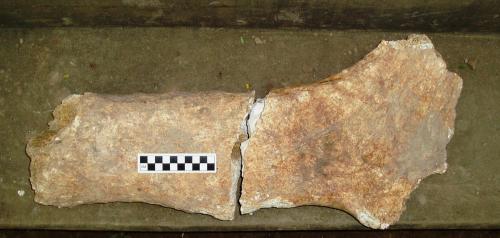
Figures 8-10:Vertebra,head of femur, pelvis (?)
A display of the bones was exhibited at the Rivas Museum of Anthropology, where it is tentatively identified as a "mammoth."

